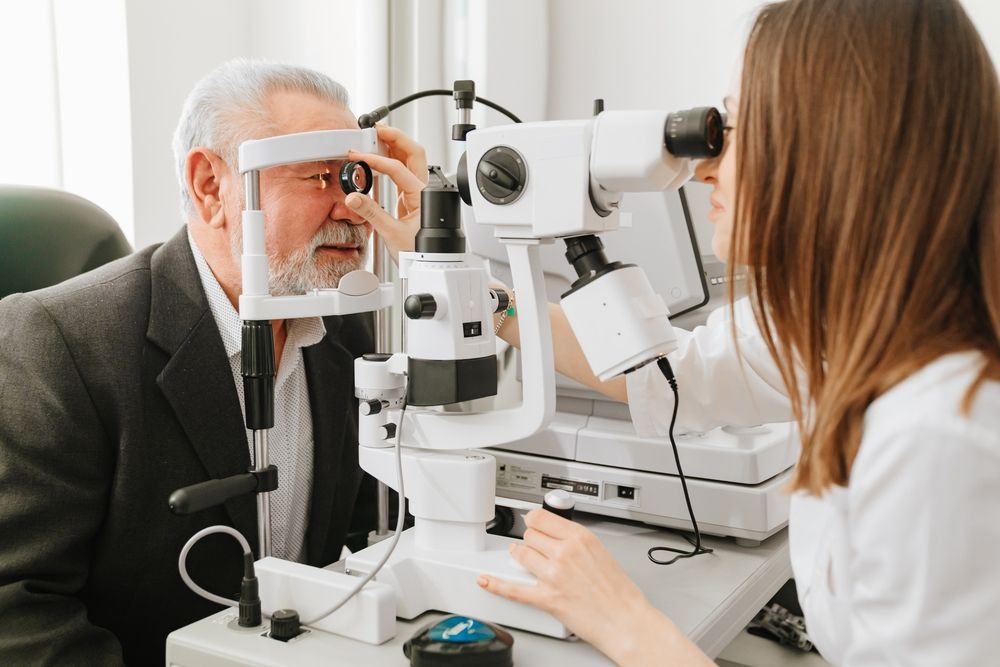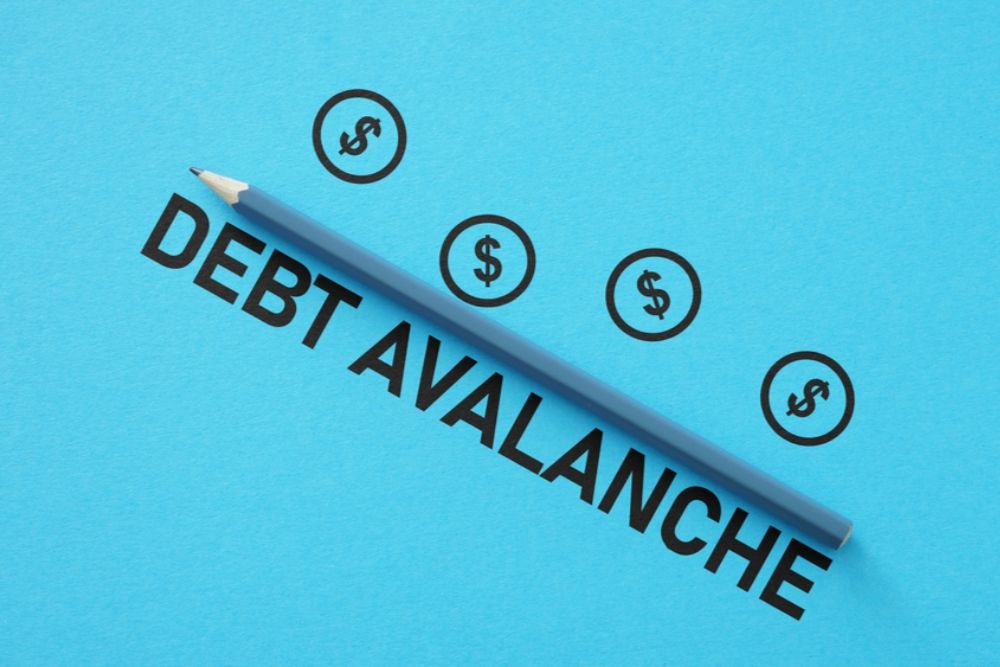Many people overlook regular eye exams, assuming they are only necessary when experiencing vision problems. However, skipping routine check-ups can lead to undetected eye conditions, worsening vision, and costly medical treatments. Just like regular dental checkups prevent expensive procedures, eye exams help detect early issues that can become financially burdensome if left untreated.
But do these routine eye exams actually save you money in the long run? The answer is a resounding yes—and this guide will explain why.
1. The Cost of an Eye Exam vs. the Cost of Eye Treatments
To understand the financial impact, let’s compare the cost of regular eye exams with the cost of treating advanced vision problems.
a) How Much Do Routine Eye Exams Cost?
- Without insurance: A comprehensive eye exam typically costs between $75 and $250.
- With insurance: Many vision plans cover eye exams fully or at a reduced cost (co-pays between $10 and $50).
- Discounted exams: Some retailers (Walmart, Costco) and community programs offer exams for as low as $50.
Most experts recommend an eye exam every 1-2 years, meaning the annual cost is relatively low compared to treating serious conditions.
b) The Cost of Common Eye Treatments Without Early Detection
If left untreated, minor vision issues and eye diseases can lead to expensive procedures. Here’s how the costs compare:
| Condition | Treatment Cost with Early Detection | Cost if Left Untreated |
|---|---|---|
| Nearsightedness, Farsightedness, Astigmatism | $100 - $250 (glasses) or $150 - $300 (contacts) | $3,000 - $5,000 (LASIK surgery if worsened) |
| Glaucoma | $50 - $200 (early-stage medication) | $2,000 - $6,000 (surgery if untreated) |
| Cataracts | $0 (monitoring) | $3,500 - $7,000 per eye (surgery) |
| Diabetic Retinopathy | $200 - $500 (early treatment) | $5,000 - $10,000 (laser surgery) |
| Macular Degeneration | $100 - $300 (supplements, lifestyle changes) | $3,000 - $7,000 (injections, surgery) |
As seen in this breakdown, early detection through regular check-ups prevents costly medical procedures, saving thousands of dollars over time.
2. How Regular Eye Exams Prevent Expensive Medical Bills
Skipping routine eye checkups doesn’t just affect vision—it can lead to serious medical issues that require high-cost interventions.
a) Catching Vision Problems Early Saves Money
Many vision conditions worsen over time without early intervention.
- Nearsightedness (Myopia) can lead to progressive eye strain, difficulty driving, and headaches. Without early correction, severe cases may require expensive LASIK surgery ($3,000 - $5,000 per eye).
- Astigmatism can cause blurred vision and migraines, requiring stronger prescriptions over time—meaning higher eyewear costs if not monitored regularly.
- Presbyopia (age-related farsightedness) develops in adults over 40, requiring bifocal or progressive lenses ($200 - $600 per pair) if not addressed early.
Regular checkups ensure prescriptions remain accurate, preventing overpaying for stronger-than-needed glasses or contacts.
b) Preventing Eye Diseases from Becoming Irreversible
Many eye diseases show no symptoms in early stages, making regular exams crucial.
- Glaucoma (the "silent thief of sight") can lead to blindness if untreated. Early detection allows treatment with $50-$200 medication, while late-stage cases require surgery costing thousands.
- Cataracts, which cause clouded vision, can be monitored early and managed with lifestyle changes, delaying or preventing $7,000+ surgical intervention.
- Diabetic Retinopathy is a leading cause of blindness in diabetics. Annual eye exams can prevent severe damage, avoiding the need for $10,000+ in treatments.
c) Reducing the Risk of Emergency Eye Treatments
Eye injuries and sudden vision problems often lead to emergency visits, which are significantly more expensive than preventive care.
- ER visits for eye injuries can cost $400 to $1,500, while an urgent optometrist visit may cost only $100-$250.
- Retinal detachment, often detected in early eye exams, requires immediate surgery ($5,000 - $10,000) if not caught early.
- Sudden vision loss from untreated glaucoma or macular degeneration may require lifelong treatment and vision aids ($20,000+ lifetime cost).
By catching small problems before they turn into emergencies, regular exams help avoid unexpected, high-cost medical bills.

3. Do Eye Exams Help Save Money on Glasses and Contact Lenses?
Yes! Routine check-ups help optimize prescription strength, preventing unnecessary eyewear expenses.
a) Avoiding Worsening Vision (Which Means Less Frequent Lens Replacements)
- When prescriptions are monitored and adjusted correctly, patients don’t need to buy new glasses/contacts as frequently.
- Overprescribed or wrong-strength lenses can strain vision, forcing more frequent replacements and added costs.
b) Taking Advantage of Insurance and Discounts
- Many vision plans cover one free eye exam per year, helping people save on long-term vision care.
- Retailers like Costco, Zenni Optical, Warby Parker offer discounts for those with up-to-date prescriptions, saving hundreds per year on glasses.
c) Using Flexible Spending Accounts (FSAs) or Health Savings Accounts (HSAs)
- Eye exams are FSA/HSA eligible, meaning tax-free dollars can cover exams, glasses, and contacts.
- Regular check-ups allow people to plan eyewear purchases efficiently, preventing last-minute, full-price spending.
4. Can Regular Eye Exams Prevent Job-Related Costs?
Yes—poor vision can lead to decreased work performance, lost wages, and job-related expenses.
a) Increased Productivity and Work Performance
- Employees with undetected vision problems struggle with headaches, fatigue, and concentration issues, reducing efficiency.
- Studies show that correcting vision problems can boost productivity by 20-30%, directly impacting earnings.
b) Avoiding Work-Related Accidents and Errors
- Jobs requiring sharp vision (driving, construction, healthcare, office work) suffer when employees can’t see clearly.
- Poor eyesight contributes to workplace accidents, leading to medical expenses, lost wages, and potential lawsuits.
c) Reducing Career Advancement Obstacles
- In some industries, poor vision limits career opportunities (pilots, drivers, military personnel, police officers).
- Regular eye check-ups prevent vision disqualification, allowing individuals to pursue high-paying jobs that require excellent eyesight.
By maintaining good eye health, professionals avoid financial losses tied to vision-related workplace challenges.
5. Does an Eye Exam Save Money on Overall Health?
Yes! Eye exams detect early signs of serious diseases, preventing expensive medical treatments.
a) Eye Exams Can Reveal Early Health Issues
Many diseases show early warning signs in the eyes before symptoms appear elsewhere:
- Diabetes (detected through retinal blood vessel changes).
- High blood pressure (revealed through eye blood vessel damage).
- Autoimmune diseases (e.g., lupus, MS, rheumatoid arthritis can cause eye inflammation).
b) Preventing Expensive Long-Term Medical Costs
- Early detection of diabetes through an eye exam allows for dietary and medication intervention ($50 - $200 per month), avoiding $50,000+ in long-term treatments.
- High blood pressure detected through an eye exam can be treated with $30-$100 per month medications, preventing future hospitalizations ($10,000+ per stay).
Eye check-ups act as early warning systems, preventing costly medical complications.
Does Regular Eye Check-Up Save You Money?
Absolutely. Routine eye exams prevent vision problems, detect serious diseases early, and reduce long-term medical expenses.
Key Takeaways:
✅ Early detection of eye diseases prevents expensive treatments.
✅ Routine exams help reduce emergency eye care costs.
✅ Updating prescriptions saves money on glasses and contacts.
✅ Good vision improves work performance and earning potential.
✅ Eye exams detect hidden health issues, preventing major medical expenses.
Investing in regular eye check-ups today can save thousands of dollars in the future, proving that prevention is always more affordable than treatment.




